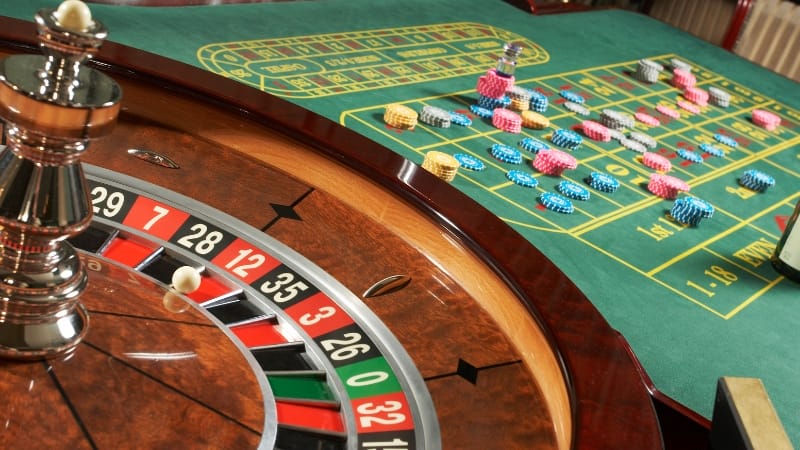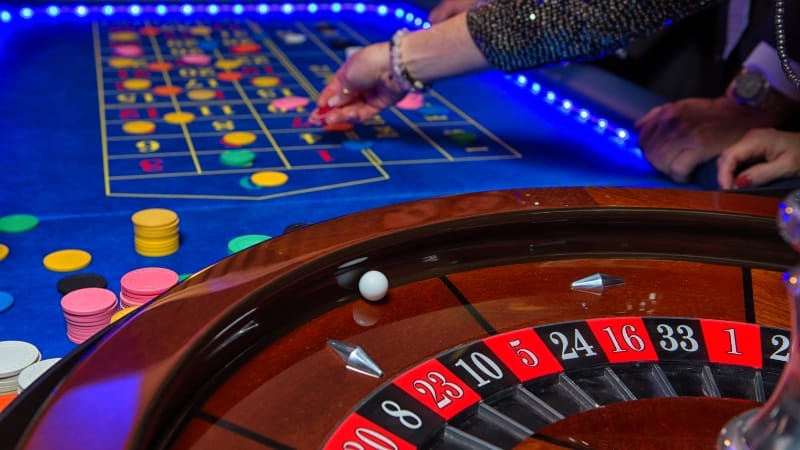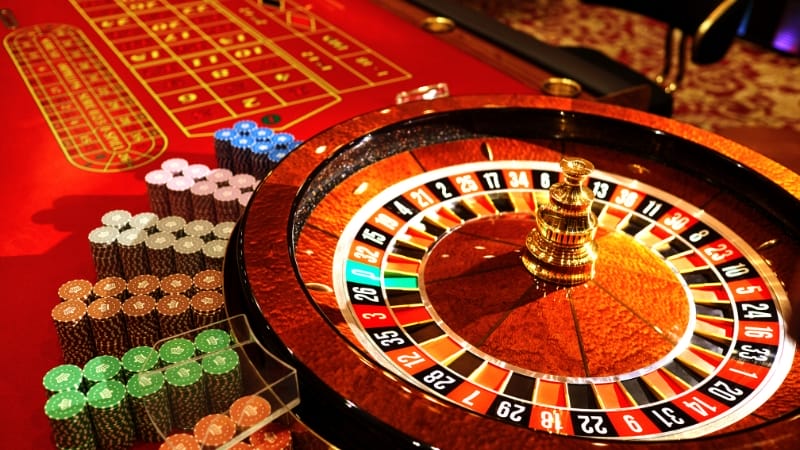Roulette is one of the most exciting games for beginners stepping into the world of online casinos. With just a spin of the wheel, players can choose between betting on color, even or odd numbers, or a specific number for bigger rewards. If you’re wondering which option suits your style, this guide will break down the basics and help you make smarter choices from the very first spin.
Why color bets attract most new players
Color betting — red or black — is often the first choice for roulette beginners. It’s simple, intuitive, and doesn’t require deep knowledge of the game. But there’s more to it than meets the eye.
The psychology behind color betting
Why do 70% of first-time roulette players bet on red or black? The reason is simple: color bets offer a near 50/50 chance (actually 18/38 in American roulette, or 47.37%). The perceived balance between risk and reward creates an inviting atmosphere, especially for new players afraid of losing too much too fast. Even seasoned players at 91 Club often warm up with color bets before jumping into more advanced strategies.

House edge still applies
In European roulette (which has one zero), red/black bets give you a 48.65% chance of winning. In American roulette (which includes a double zero), your odds slightly drop. Despite the low complexity, the house still keeps a 2.7% edge (European) or 5.26% (American). It may not seem like much — until you’ve placed 100 bets. If you’re looking for a slow, steady introduction to roulette, color bets are a low-stress starting point.
Even or odd bets: Risk feels lower, but is it?
After color, even/odd betting is another easy path for beginners. The logic is straightforward: choose whether the result will be an even or odd number between 1 and 36.
Why even/odd feels safer
Even/odd bets share the same odds as red/black — 18 wins out of 38 outcomes in American roulette. But there’s a subtle psychological twist: numbers feel more random than colors. That makes many players think their “gut feeling” might have a better shot.
This emotional edge has drawn in more than 60% of beginners who avoid color betting, especially on platforms like 91club where players often switch between Keno online and roulette in a single session.

The myth of the streak
Some players fall for the “Gambler’s Fallacy” — believing that five odd results in a row mean an even number is “due.” In reality, each spin is independent. There’s no “balancing force” waiting to correct the randomness.
If you want to play safe but also not fall into emotional traps, treat even/odd bets like flipping a coin with a hidden bias (thanks to the green zero).
Straight number bets: All in for the glory
This is where the adrenaline kicks in — betting on a specific number from 0 to 36. While red/black and even/odd offer nearly 50% odds, a straight number bet offers a slim 2.63% chance in European roulette. But the reward? A 35:1 payout.
The numbers game is all about risk vs. reward
Let’s break it down: betting $10 on number 17 means you either lose the full $10 or walk away with $350. That kind of risk-reward ratio appeals to those who enjoy games like smart Keno, where numbers decide your fate.
That said, only about 8% of beginners start with number bets, often inspired by stories of big wins or superstition. Some believe in “lucky numbers” or follow strategies based on previous spins — a method more emotional than mathematical.
How to use number bets as a beginner
- Try the Split or Street Bet first: If going all-in on one number feels too risky, try betting on two numbers (split bet) or three (street bet). The odds improve slightly while the potential winnings still feel substantial.
- Combine with outside bets: Some smart beginners combine a straight number bet with a safer outside bet (like red or odd) to balance the risk.
Using number bets occasionally adds spice to your roulette play without breaking the bank — as long as you’re not chasing losses.
Mixing strategies: How beginners can experiment safely
Now that you know your three main options — color, even/odd, and number bets — how should you combine them? There’s no one-size-fits-all answer, but there are patterns and methods to help you explore without unnecessary risk.
The 3-color hedge strategy
Some beginners like to place three units on red and one on black. This reduces the loss when black hits while still maximizing gains when red wins. It’s not a guaranteed win, but it adds depth to color betting while still keeping the game simple.

The “91club double layer” method
On 91club, many new users play a system called the “Double Layer.” It involves:
- One chip on an even number
- One chip on red
- One chip on a specific number
Why? Because it blends short-term safety with long-shot potential. A red-even number like 18 gives you two wins, and if it happens to be your chosen number, you hit the jackpot.
Budgeting for exploration
Even with all these strategies, the key is budget management. Set a roulette budget that’s 10–15% of your total game fund. If you’ve set aside $200 for gaming, let roulette use only $20–30. This mindset is common among Keno online players, who are used to spreading risk over multiple small bets.
Choosing between color, even/odd, or number bets in roulette depends on your comfort with risk and your strategy goals. Color and even bets offer safer odds, while number bets bring high rewards with higher risk. For beginners, balancing fun and smart play is key. Whether you’re trying roulette for the first time or switching from Keno online, the thrill of the spin awaits.

